How to deal with pests on indoor plants. Means for killing green bugs on indoor flowers
Indoor flowers, like garden plants, are susceptible to attacks harmful insects. Green bugs often appear on domestic crops, in most cases these are aphids or flea beetles, however, mini-cicadas can appear on some flowers, for example, azaleas.
Unfortunately, aphids are very difficult to detect at the initial stage of development - they reveal themselves only when they have firmly established themselves on the plant
The infestation of plants by aphids occurs very quickly, since insects reproduce at high speed. Typically, aphids colonize the tops of stems and attack young leaves, leaving older stems and leaves untouched. The voracious insects require constant nutrition, so in a short time they damage the stem system of the plant very significantly. Insects suck out the nutritious juices from the greens, and in return inject toxic substances
It is almost impossible to detect aphids at the initial stage, unless you arrange a periodic comprehensive check of indoor plants. Insects are located on the back side of the leaves, however, their rapid reproduction causes new individuals to be distributed over the surface of the entire plant, and then they can already be seen with the naked eye.
A characteristic feature of aphid infestation is the presence of sticky traces that these green bugs leave during their life processes. This fact contributes to the spread of harmful viruses and fungal diseases, since sooty fungi reproduce well in the sugary environment of the sticky mass.
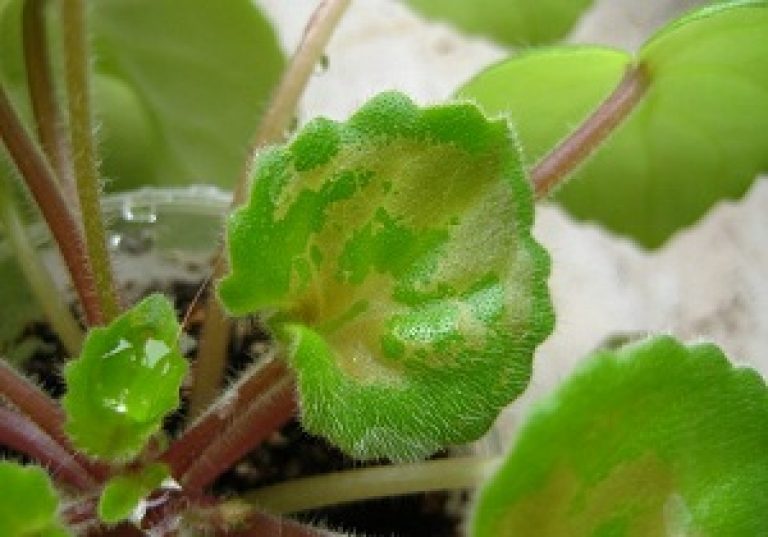
A pest as small as the flea beetle can cause serious damage to plants.
Earth flea beetles are small green bugs (also called leaf beetles) that can jump high. Such insects feed on leaves, gnawing holes in them, which is why the plant loses a lot of moisture and quickly dries out.
Indoor plants in an apartment are rarely attacked by flea beetles, but they often appear on flowers that have been standing outside for some time or are constantly on the windowsill near an open window. There are several types of flea beetles, each of which differs in some features, for example, the rapeseed flea beetle infects the inside of plants, the larvae of the light-legged flea beetle gnaw out all the plant pulp, leaving only hard veins. However, the most common pest is considered to be the common flea beetle, which spoils the green areas of flowers in pieces by gnawing small holes in the leaves. This causes considerable harm, since due to such damage the plant loses a lot of nutritious juice, which leads to the gradual drying out of the crop.
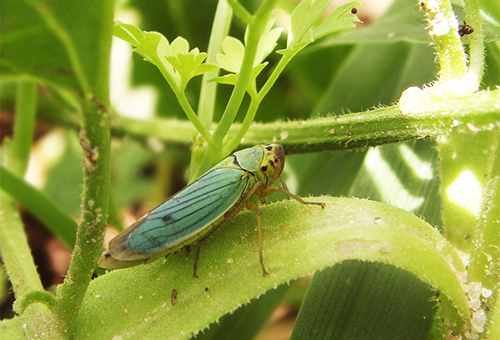
Cicadas are very easy to detect: as soon as you touch or shake a leaf of a plant, they will immediately begin to fuss and start jumping high in the air.
Mini cicadas appearance resemble bugs, but they have large wings, which allows them to cross significant distances. Such pests can appear from the street, or be brought into the apartment with new plants.
Identifying cicadas is very simple - the insects reveal their presence immediately after touching the leaves; as soon as you touch the stem or shake the leaf, they immediately jump high up.
These green bugs feed on the pulp of leaves, leaving white dots at the bite site. Insects are very selective in their diet and choose plants with delicate fabrics. No special measures are required to eliminate pests of this type; it is enough to remove the damaged areas and wash the remaining leaves with a soapy solution.
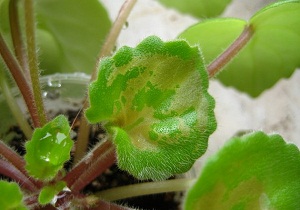
Sometimes it is possible to deal with pests of indoor plants with “little blood” - just by washing their leaves with soapy water
To combat pests of indoor plants, there are many methods, which one to use depends on the specific case. However, first of all, you should try the simplest and most harmless methods for crops, and only then, if necessary, apply chemicals and active compounds.
- An elementary way to combat fleas and bugs is mechanical removal. This method is good only in case of minor damage to the plant, since damaged leaves and parts of the trunk must be cut off and destroyed.
- Treatment with a soap solution - involves washing the leaves with a soap solution (100 grams of soap shavings per liter of water). To create the product, it is better to take regular laundry soap and rub it on a fine grater.
- Limiting soil fertilization - excess nitrogen fertilizers leads to the creation of a comfortable environment for many insects, therefore, the soil should be saturated with mineral additives strictly in the specified proportions.
- Chemicals are suitable for controlling any type of pest. As a preventative measure, as well as to kill small numbers of insects in flowers, many insecticides can be used. “Aktara” - water indoor plants at the root with a solution of 1 gram of the product per 10 liters of water, “Aktellik” - is used in the proportions recommended by the manufacturer; during the baiting, it is better to take the plant to the balcony or outside, since the product is toxic to humans.
By carrying out preventive treatment of soil and plants, you will not have problems with pests, and it will also save a lot of your nerves and money.
How do pests get to indoor plants? There are many reasons, and the main one is violation of the rules of caring for the plant, leading to its weakening and disease. Then airing the room, transplanting a flower into contaminated soil, introducing insects on outer clothing - these and other factors will prove fatal for the indoor pet. You need to know insidious enemies by sight in order to fight them more effectively.
Whitefly

Reproducing quickly, they and their oval, oblong, light green larvae suck the juice from the leaves, leaving sweetish traces as a souvenir of themselves. And sooty fungus appears on them. In addition, these harmful “moths” often carry viral diseases.
It is difficult to fight these insects. Velcro hanging next to flowers and washing off their eggs and larvae help to reduce their number. Treatment with garlic infusion is effective against these pests of indoor plants:
- keep a couple of cloves in a liter of water for several days;
- dilute five times;
- reapply after a week.
Irrigation with Nicotine sulfate or Parathion and insecticidal chalk against pests of indoor plants (Domovoy Proshka, Nika) help.
Caterpillars
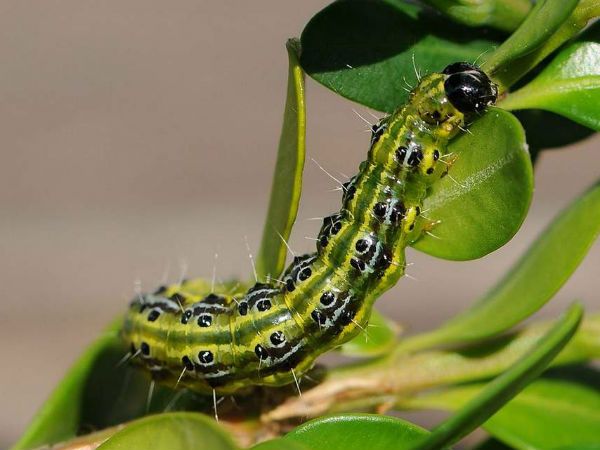
These lovers of feasting on young twigs, leaves and buds are more familiar as enemies garden plants. They do not disdain indoor flowers placed in summer garden. Insects operate mainly at night and hide under leaves during the day.
The main measure to combat them is manual collection. And the prevention of their spread is spraying with specific biological preparations - “Lepidocide” and “Bitoxibacillin”. They do not harm humans and animals, and when they enter the intestines of these insects, they kill them.
Some gardeners use Coca-Cola, which is diluted in half, against caterpillars by spraying plants, which causes poisoning in them. Effective home remedy against these pests of indoor plants - laundry or green soap. Its weak aqueous solution also alkalizes acidic soils.
Weevils
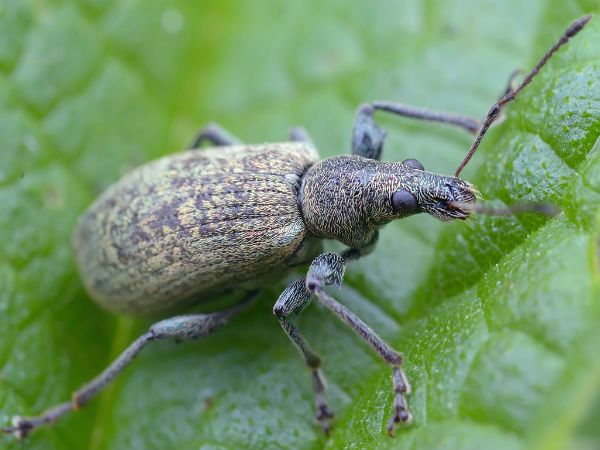
Small flying bugs like to nibble on leaves, like Colorado potato beetles. And their larvae destroy the roots and tubers of plants. It is better to collect bugs by hand early in the morning.
Spraying helps against them and their larvae systemic insecticides such as "Fufan", "Inta-vir". Alternative way- four times ground watering with Aktary solution (one gram per bucket at weekly intervals) or one-time foliar treatment with this drug at a dose increased by 8 times.
An effective measure to combat larvae is to replant plants in fresh soil. Before this, you should disinfect the roots of damaged plants with a weak solution of potassium permanganate for half an hour.
Grape mower
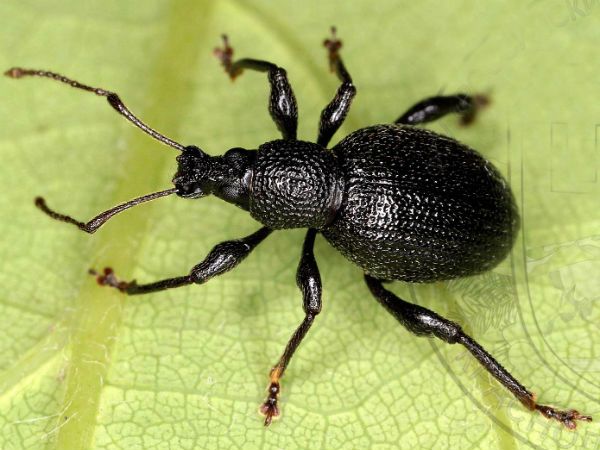
Small bugs, representatives of the large family of weevil beetles. They eat the leaves of flowers exposed outdoors in summer. Their two-centimeter larvae gnaw the underground parts of plants. The presence of these soil pests of indoor plants is detected only when the plants wilt, and their roots are already significantly damaged during this period.
Bugs from primrose or cyclamen should be removed by shaking them onto film or paper. It is better to do this in the cool early morning, when the “flyers” have not yet woken up and are inactive. In case of mass accumulations of beetles best method combat them - spraying with 10% Karbofos.
Drosophila
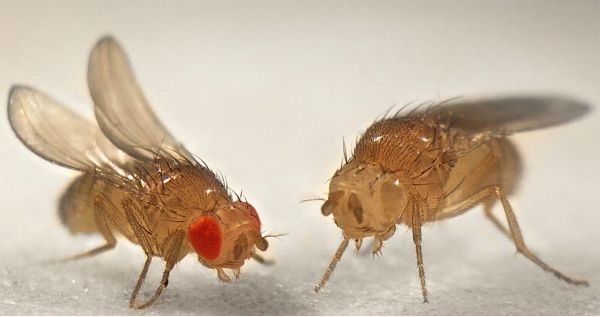
They are typical for indoor plants, as tiny dark flies are attracted to the smell of rotting food. They are dangerous because they can spread small pests and infections.
They appear in flower pots, where the soil is damp and rotting of roots or fallen leaves has already begun. It is also possible to transfer these flies through garden soil contaminated with their eggs.
Therefore, in order to avoid fruit flies getting into the flowers, it is necessary to replant plants only in disinfected soil or in ready-made nutrient substrates purchased in specialized stores. Watering the plants should be moderate, and faded flowers and missing leaves should be removed.
Ticks
Numerous species of ticks are especially active in the spring. Reproducing quickly, these inconspicuous pests gnaw out plant stems, leading to their death. The most common types of pests are:
Cyclamen
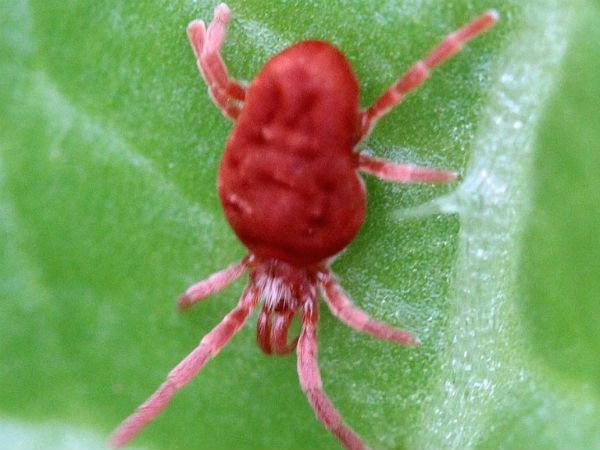
It is a monophage that attacks only cyclamens, pelargoniums and gloxinias. Its colonies look like dust deposits on back side leaves. This is a rare species of tick that lives in damp conditions. The result of its presence is the weakening of plants: they do not grow, unbloomed flowers fall off, leaves curl and stems become thinner.
Arachnoid
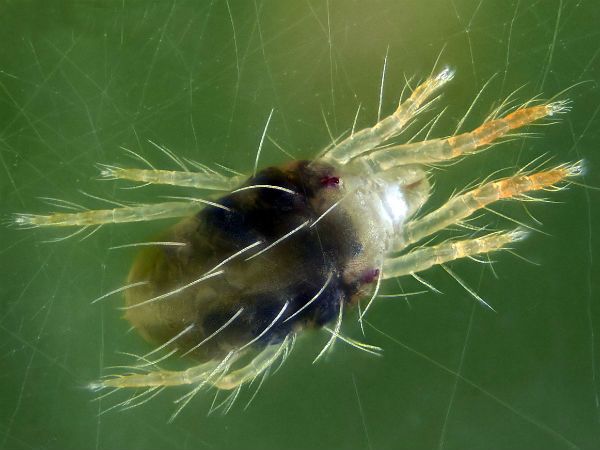
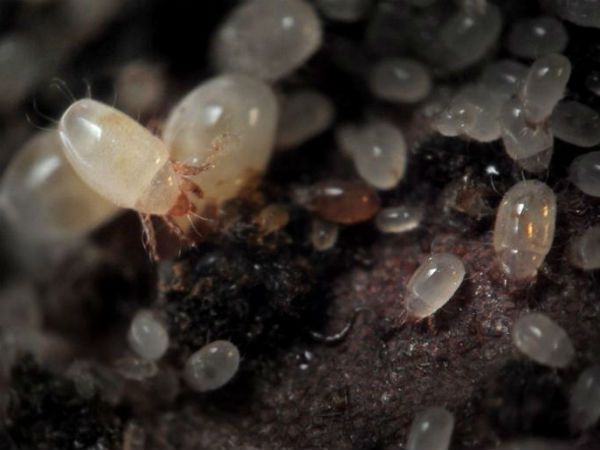
Preventive measures against tick damage:
- Most of them can't stand it high humidity, so you need to periodically spray the plants with settled warm water.
- Due to the fact that spider mites are afraid of ultraviolet radiation, you should winter time conduct weekly two-minute sessions of treating plants (especially under the leaves) with special lamps, and in the summer - take them out onto the balcony. This also improves the immunity of pets.
- When storing bulbs, you need to maintain constant coolness and average humidity in the room.
- Potted plants need good soil drainage and excess moisture should be removed from the tray.
Treatment with folk remedies:
- Spraying and pollination with sulfur powder.
- Spraying with infusions of red pepper, tobacco, garlic, celandine. But sometimes they only work temporarily.
- Spraying or wiping leaves with medical alcohol. This method is only suitable for flowers with dense leaves (palms, ficus, roses), and is used to a limited extent for cacti or succulents.
- The most effective ways the fight against ticks is the use of the drugs “Fitoverm”, “Aktelik”, “Neoron”, “Apollo”. Since these pests adapt well to chemicals, they must be alternated.
Woodlice
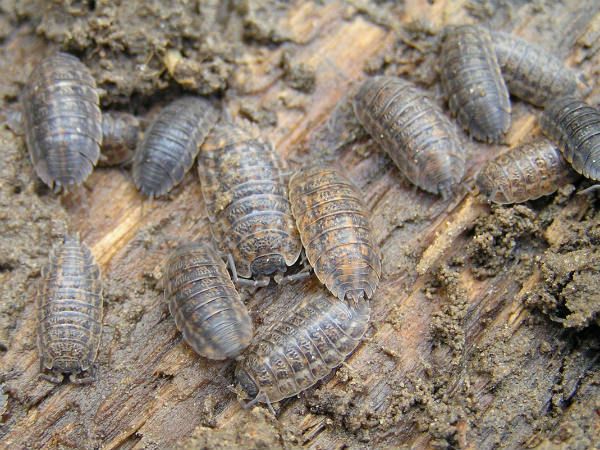
These are small crustaceans that look like mealybugs. They also have a gray-brown shell. These insects sometimes reach sizes up to several centimeters. They can be found in pots with loose and nutritious soil, where they move quickly with the help of 8 pairs of legs.
This worst enemies tropical plants(orchids, ferns, cacti), in which they damage the delicate roots. In addition, pests compress the soil, which leads to disruption of the nutrition and respiration of the roots.
They end up in potted plants that spend the summer in the garden. You can detect uninvited guests by the piles of dry earthen substrate that are constantly pouring out of the pots into the tray.
Treatment of indoor plants from these pests comes down to transplanting them into a new earth mixture with preliminary washing of the roots with warm water. You can also immerse such plants in a container of warm water for a couple of tens of minutes. And the insects that float up are very easy to collect.
Centipedes
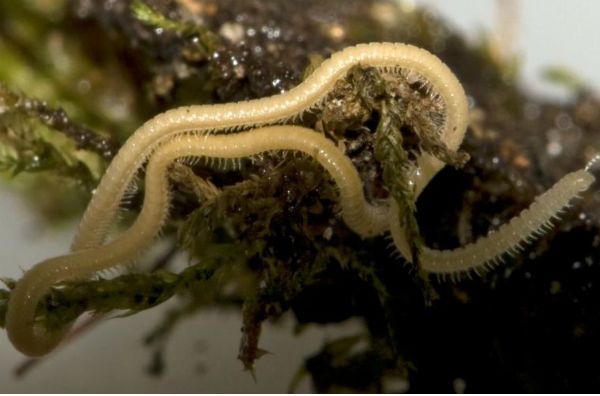
These caterpillar-like, quite noticeable insects also come from the garden into flower pots. Their favorite food is the lower parts of plants. The main preventive measure against these pests of indoor plants is to prevent dampness in the ground.
Sciarid fly (fungus gnat)
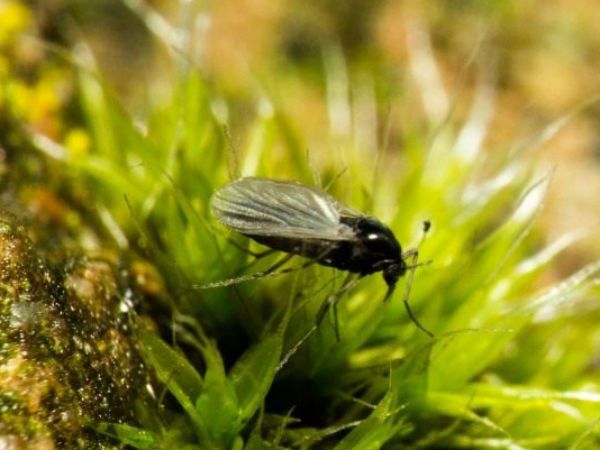
These flying pests of indoor plants reach sizes of up to 0.5 centimeters. Adult mosquitoes lay in the roots of flowers tiny eggs. The larvae that emerge from them eat the roots, which is why pets often die.
Adults often infect flowers and spread the larvae of various pests. They settle in pots, coming from the street when the room is ventilated or in another way. They reproduce well in a moist and nutritious environment, especially rich in humus. Often present in aquarium water.
Insect larvae are removed using the drugs “Decis”, “Karbofos”, “Inta-vir”. Moreover, one-time treatment is often ineffective. Fly repellents help against adult pests: special Velcro, Raptor, Fumitox, and if they are ineffective, then Dichlorvos. As a rule, complex measures are used repeatedly.
Nematodes
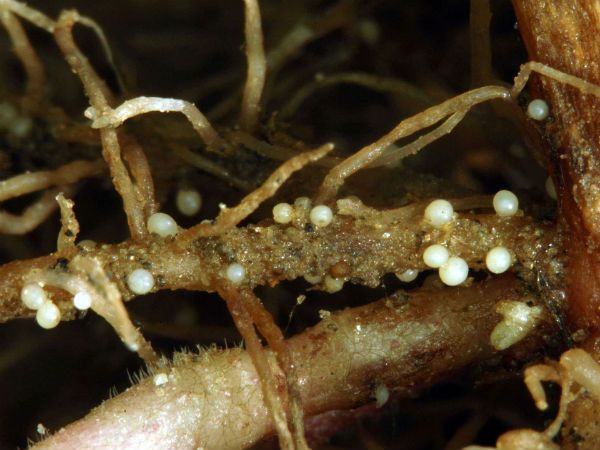
These are 3 groups of white round small worms that live in different parts tropical flowers:
Root
Stem
They live at the base of the stem and cause plant death due to lack of nutrition.
Leafy
Millimeter earthworms. When they appear on the leaves, greenish, rapidly darkening spots are observed. Plant buds do not develop, young shoots, stem tips and buds dry out. These individuals spread through contaminated water.
To prevent the entry of these almost incurable pests, the soil is disinfected at temperatures above 50 degrees for 10 minutes or by treating it with 10% formaldehyde, washing it off only after a couple of hours. Also disinfected garden tools and containers for flowers.
There are no effective measures against these dangerous pests. Weakly affected plants are treated with Dekaris (a tablet dissolves in a liter of liquid) or Heterophos. Neglected flowers and the soil from them are destroyed.
Podura (springtails, forktails)
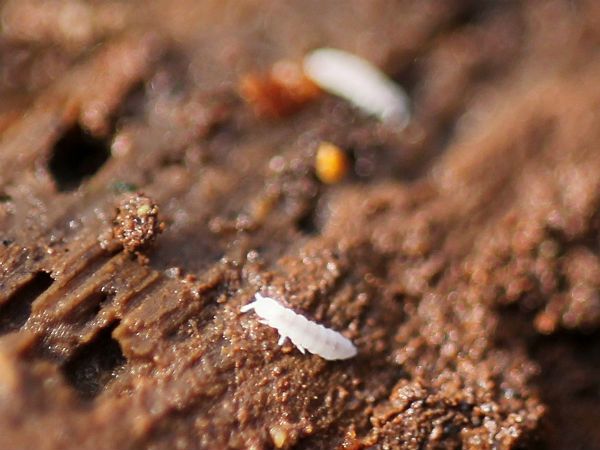
The appearance of these millimeter-long wingless flower pests usually indicates excessive moisture in indoor plants. They live in the soil, eating small roots of flowers. If there are a lot of them, then you can notice colonies of insects on the bottom hole of the pot or on the ground. They look like whitish particles.
They do not cause any particular harm to plants; rather, they even bring benefits to attentive gardeners, signaling with their appearance that it is necessary to reduce watering of plants in order to avoid rotting of the roots. The soil in places where insects accumulate is replaced and sprinkled with sand or crushed tobacco.
Slugs
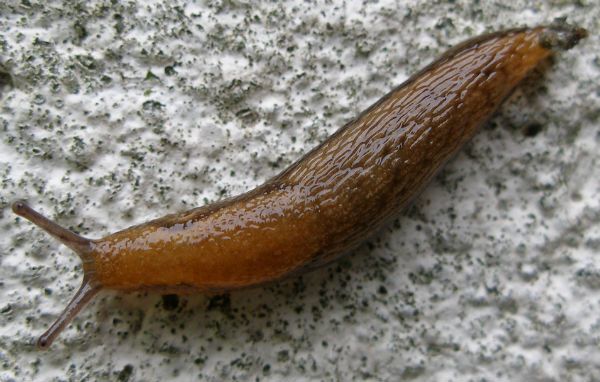
These pests affect balcony plants - irises, phlox, carnations and others. If sores appear on the leaves and flower petals, then this is the work of slugs. Visually, insects can also be noticed, especially when damp.
You can get rid of slugs by draining the soil using ash and lime (4:1). Additionally, the eaten plants are sprinkled with tobacco and lime powder (1:1). Do this 3 times a day every 2 hours. And, of course, you should reduce watering of plants to avoid the reappearance of these moisture-loving pests.
Aphid
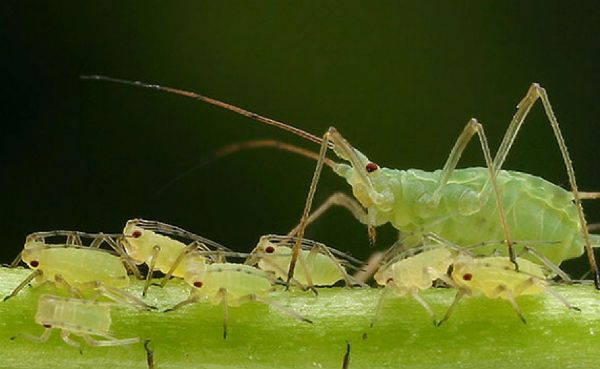
They have different colors and live in large colonies on the most succulent parts of plants. If you do not take action against them, then the plants, under the pressure of significant enemy forces, weaken and die. Fortunately, they are not difficult to deal with. Common pests are:
Root mealybug
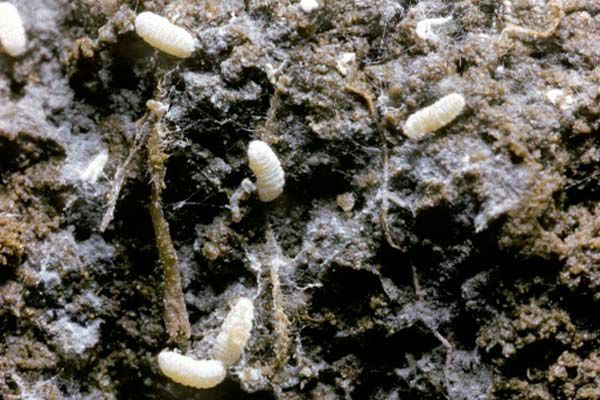
In spring and autumn, they need to be watered preventatively three times with insecticides every couple of weeks. Damaged fragments (and partly the crown) of affected plants are trimmed, washing the roots with an insecticide for ten minutes. Then they are transplanted into new land.
Mealybug (hairy aphid)
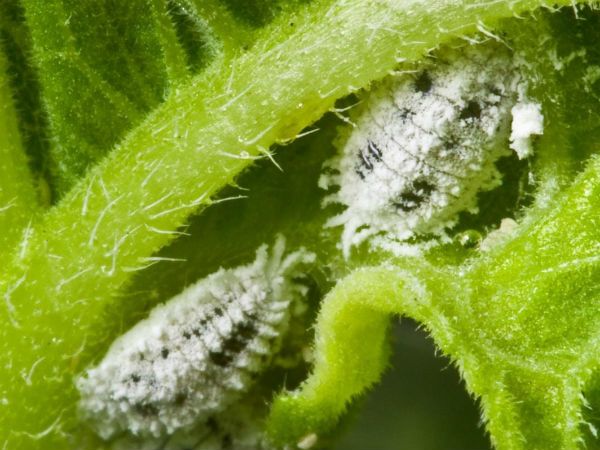
Lives on leaves and stems. It is considered the most dangerous pest. A winged insect, its female lays up to 2 thousand eggs, which are not afraid of water. The presence of the pest is indicated by a white, cobweb-like coating on the plants. And the sticky substance secreted by aphids is the favorite habitat of sooty fungus. Flying insects do not disdain any plants, leading to their death.
Scale insect and false scale insect

The shield aphid (scale insect) is a half-centimeter brown insect that appears on leaves in the form of scales. The wax shell reliably protects it from many chemicals. Male insects fly. False scale insects are not equipped with such a shell. Their larvae and eggs are protected by the dried skin of the females. Among them there are also viviparous varieties. Both live on the leaves and stems of plants.
Preventive measures boil down to monitoring the cleanliness of flowers and washing leaves. You can also use sticks against pests of indoor plants (“Agricola”, “ Clean slate", "Golden Spark"), which are also flower feeding.
Fight against harmful insects:
- Spraying three times with solutions of green soap, tobacco, garlic.
- Washing the leaves with alcohol, vinegar or calendula medicine.
- Twice (every week) spraying with Aktelik, Fitoverm, Vertimek or others.
Thrips
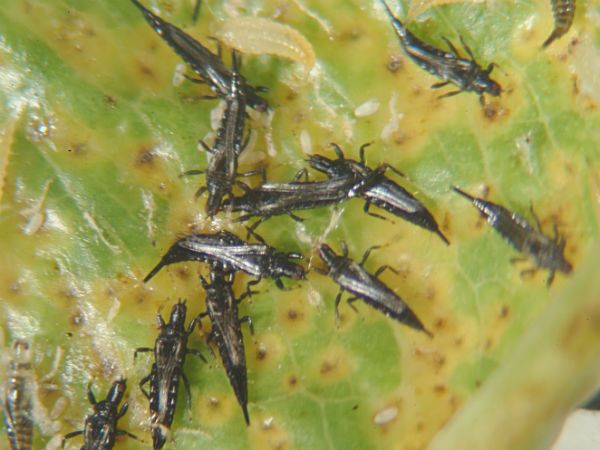
This is a dark, barely noticeable four-winged insect. Their larvae almost immediately also become winged, but lighter than the adults. There are many of them on the underside of the leaves, where they leave a whitish substance. Then the leaves turn brown, dry out and disappear. The same thing happens with flowers.
Thrips are especially dangerous in the summer heat, causing damage to palm trees, cacti, roses and many other common indoor plants. Therefore, for prevention, they should be sprayed with water, preventing the soil from drying out.
Helps well against these pests indoor plants Bushido insecticide powder (dilute half a pack in 5 liters of water). The following remedies are also effective:
- Treat twice (every week) with pyrethrum (2 grams per liter).
- Infusions of yarrow, tobacco, chamomile, green soap, decoction of cyclamen tubers.
- Pollination with powdered pyrethrum, spraying (three times) with 0.2% Thiophos, Vertimek or Phosfamide.
Earwig (mite)
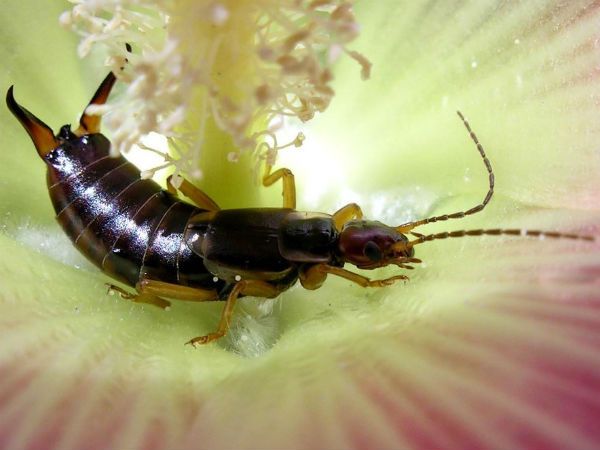
It is a widespread pest of garden plants. It stays awake at night, infecting leaves and flowers until they are destroyed.
Onion peel (6 grams per liter), infused for half a day, helps get rid of these pests of indoor plants.
Traps made of thin tubes of thick paper or hollow ones are also effective. wooden sticks placed on flower pots. The nocturnal pest takes refuge in them in the morning, and it is easy to detect it there and remove it from the flowers.
Earthworms
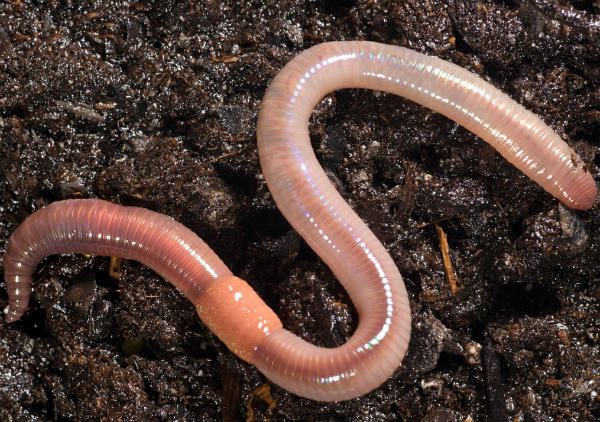
Familiar earth dwellers crawling out of the soil after rains. Having got from the garden soil into a cramped pot, where there is not enough organic feeding, they will not disdain the roots of plants. They can also appear from eggs left in the soil brought from the street. In the vicinity of worms, pets wither and grow poorly.
Street soil should be disinfected before planting. And when bringing house plants into the summer garden, it is better to place them so that they do not touch the ground. You can get rid of worms like this:
- Place the flower pot in warm water for half an hour, then the worms will either appear on top or drown.
- Water the plants with a weak solution of potassium permanganate and collect the pests that have crawled out.
Enhyterei
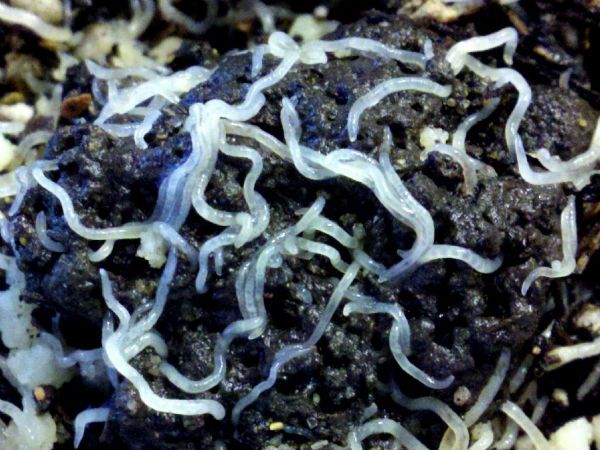
How to recognize pests on indoor plants? How to deal with bugs, spiders and mites? Experienced flower growers recommend proven methods of dealing with uninvited “guests”.
Causes of pests appearing on indoor plants

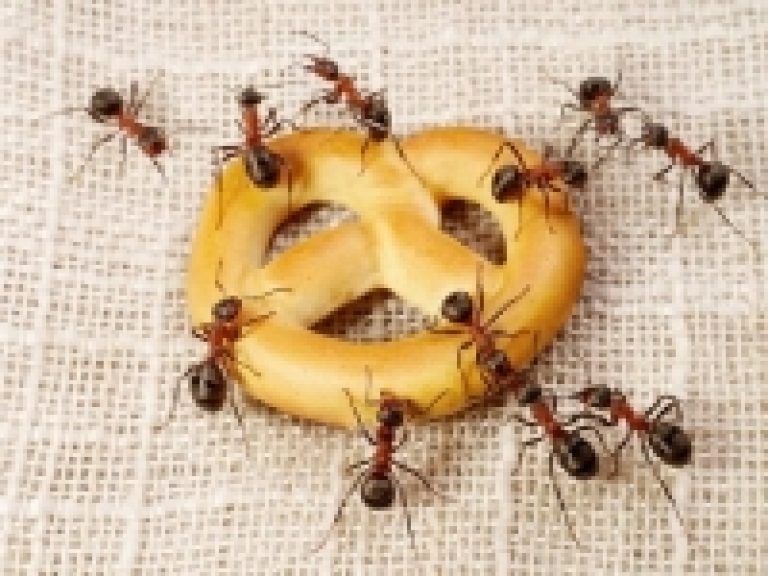 How to get rid of it at home? View a selection of effective products and learn the rules for their use.
How to get rid of it at home? View a selection of effective products and learn the rules for their use.
How to recognize insects? How to deal with them - the answers to these questions will help amateur gardeners maintain plants in perfect condition.
Mealybug

Fight against the use of chemicals:
- Fitoverm.
- Actellik.
- Calypso.
- Biotlin.
Traditional methods:
- tincture with lemon or orange zest;
- soap-alcohol solution;
- flower processing running water;
- garlic infusion;
- horsetail decoction;
- a mixture of water and olive oil.
Spider mite
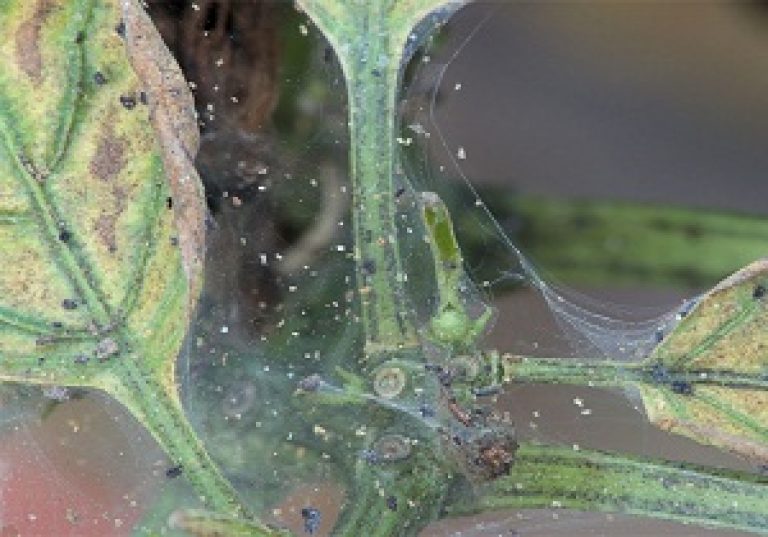
Pest characteristics:
How to get rid of:
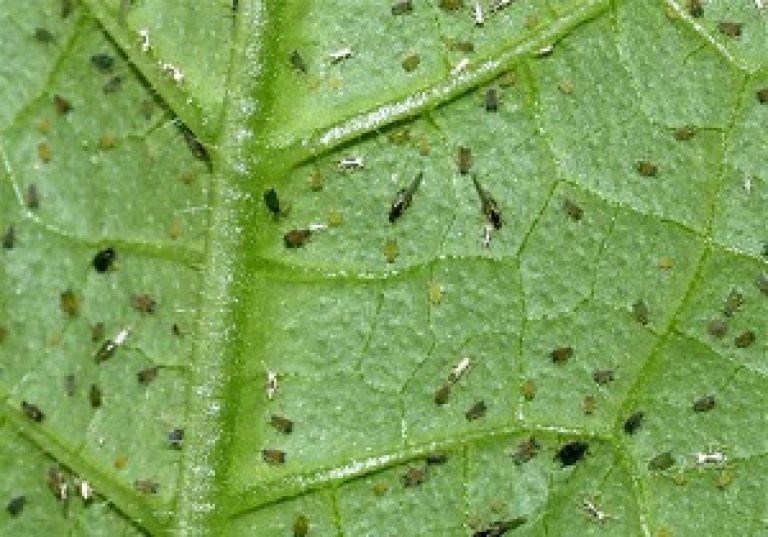
How to fight:
- sufficient watering: do not like a humid environment;
- regular inspection, mechanical removal of pests;
- treatment with systemic insecticides that penetrate the roots, stems, and leaves of indoor flowers.
Effective methods:
- soap solution against thrips. Prepare a strong foam, apply generously to problem areas, carefully treat all leaves on which traces of the activity of harmful creatures are visible. For noticeable effect experienced flower growers It is recommended to wash off the home remedy only after a day. During this period, not only adult individuals will die, but also thrips eggs. After the procedure, rinse the greens well with clean water;
- sticky tapes placed close to the plants, will help get rid of pests. The sight of insects stuck to the adhesive surface deteriorates the aesthetic perception of the home flower garden, but in order to combat thrips, it is worth enduring the temporary inconvenience;
- potato tops decoction– a proven folk remedy against thrips. Steam half a bucket of green mass with boiling water (as much as will go in), leave for 8 hours, remove leaves and stems, strain the product. Spray infected plants daily.
Important! The fight will be successful if the affected areas are repeatedly sprayed with insecticidal and acaricidal agents. You will need potent compounds: Karbofos, Fitoverm, Karate. The neurotoxins contained in the preparations Apache and Mosilpan are effective. The owners positively evaluate the effect of the combined product Gaupsin. Bioinsecticide and fungicide actively fights against adult insects and eggs of harmful insects.
Shchitovka
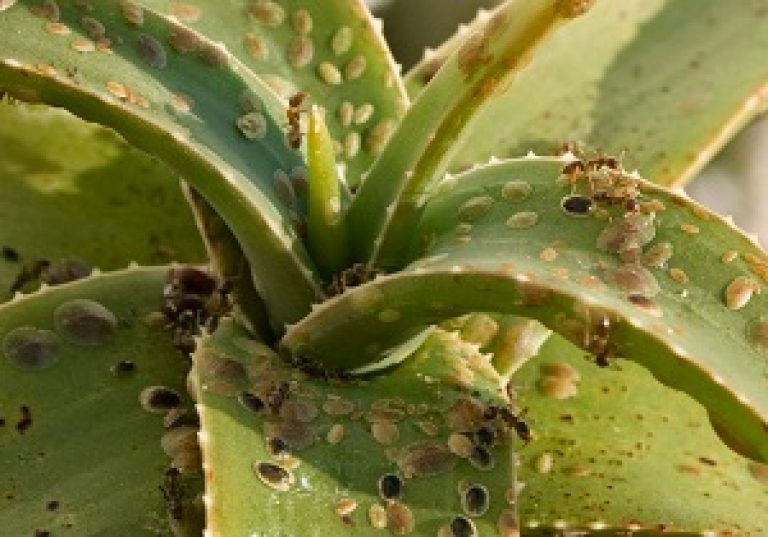
How to fight:
- if there are small numbers of insects, remove mechanically, wipe the leaves with alcohol or soapy water; in case of severe infection, tear off the affected leaves and burn;
- The method is effective for killing adults.
How to repel and how to prevent the re-invasion of gray pests? We have the answer!
Go to the address and find out how to get rid of bedbugs in your apartment forever.
To combat eggs you will need insecticides:
- Permethrin.
- Malathion.
- Insecticidal soap.
Treat not only the stem and leaves with toxic compounds, but also the soil in which insect eggs are often found. On the first day, application is required in the morning and evening; over the next ten days, one daily procedure is sufficient. To protect the flower and repel insects, spray the plant once every 4 weeks.
Prevention measures
Following the rules for caring for indoor flowers reduces the risk of pests. Each type of plant has its own standards for humidity, lighting, and fertilizing.
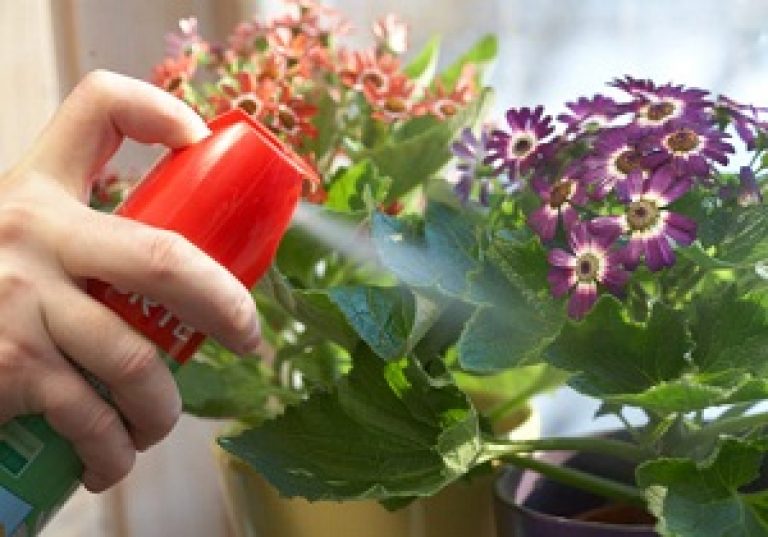
Basic rules:
- optimal temperature conditions;
- watering according to the norm for a specific flower;
- sufficient sunlight or shade;
- regular loosening of the soil for active access of oxygen to the root system;
- fertilizer using organic components and synthetic preparations;
- regular inspection of all parts of the plant to identify pests and diseases;
- drainage system that prevents moisture stagnation;
- timely replanting of the flower if the flowerpot is too small;
- treatment with compounds based on natural ingredients to repel harmful insects;
- inspection of leaves, stems, soil when purchasing a new plant: often dangerous insects they enter the apartment from a flower shop.
Pests of indoor flowers interfere with the normal development of plants, worsen the condition of buds, greenery, and root systems. Information about thrips, scale insects, mealybugs, and spider mites will help you understand how to recognize harmful bugs and mites, and how to deal with dangerous insects.
Mold, rot and small insects keep plants from living? In the next video useful tips on how to solve the age-old problem and cure plants from pests and diseases:
Attention! Only TODAY!
Insects not only affect garden plantings. There are no less types of pests of indoor plants, and damage to house flowers in the absence of proper treatment can be disastrous. To combat this scourge, there are a number of biological preparations that do not harm the plants themselves, but help in exterminating pests.
Types of pests of indoor plants with photos and names
This material is devoted to pests of indoor plants and the fight against them. But before you fight pests of indoor plants, you need to know the “enemy in person.”
Below are photos, names and descriptions of pests of indoor plants, and also lists drugs that will help protect home plantings:
Spider mite . The most common and dangerous pest indoor plants - spider mites.Very small insect, almost invisible without a magnifying glass. Appears on the underside of leaves. In dry air and high temperature multiplies very quickly.
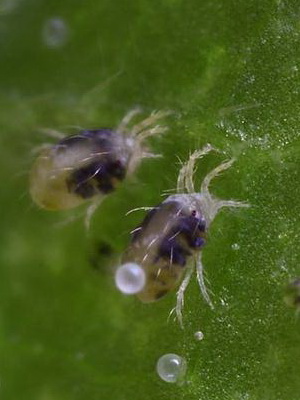
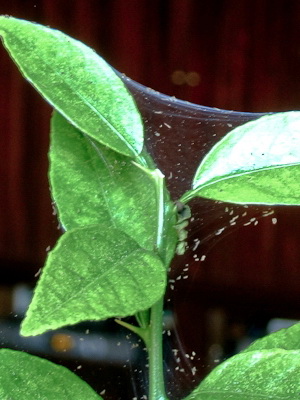
Initially, spider mite damage is detected in the form of light spots from injections and sucking juices from leaves. Subsequently, when pests multiply strongly, the entire lower surface of the leaves becomes covered with the finest cobwebs. Sometimes all the apical shoots of the plant are shrouded in cobwebs, the leaves become silver-gray in color, growth stops, and severely affected leaves fall off. The pest damages many, including Chinese rose, aspidistra, and palm trees.
Aphids They live in colonies on young leaves, sucking juices from plant cells, causing them to curl, turn yellow and dry out.
As you can see in the photo, these pests of indoor plants are small, up to 1 mm, green insects:
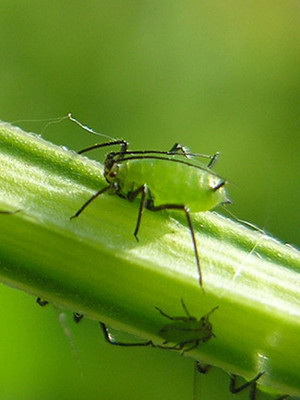
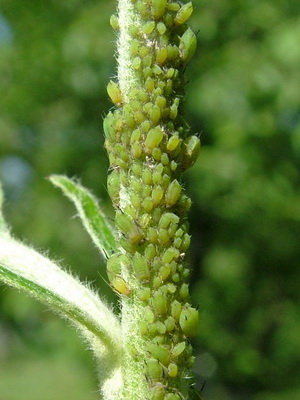
The pest constantly multiplies throughout the year. One female gives birth to up to 150 live larvae, which after 7-10 days turn into adults, also capable of reproduction. Starting from the second or third generation, winged females appear that can fly to other plants. Aphids are the main carriers of the viral disease leaf mosaic.
Thrips . Houseplants are damaged by several species of these small, fast-growing insects. They are especially harmful in hot weather. Females lay eggs in the tissue of leaves and flower petals, making tunnels in them. These leaves have a pale silver tint. Thrips live on the underside of leaves. Adult insects can jump to nearby standing plants. Greenhouse thrips attacks palm trees and other flower crops.
See what this type of indoor plant pest looks like in the photo below.:
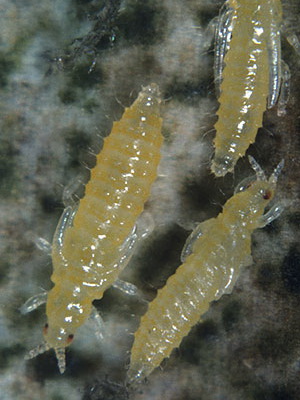
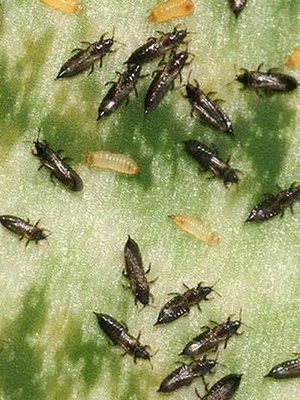
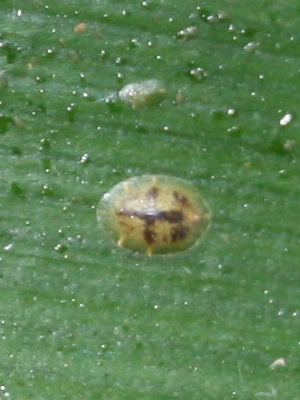
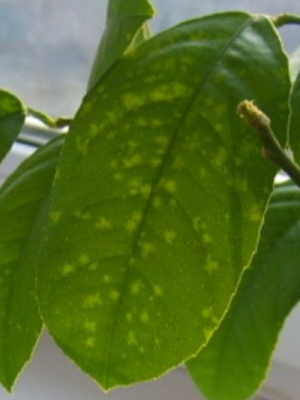
The scutellum of the female is white, round or short oval, the scutellum of the male is elongated, also white.
What other pests of indoor plants are there that cause enormous damage to home crops?:
Soft scale insect - sucking insect. Pests inhabit the underside of the leaf, especially many of them sit along the veins, as well as on the stems of plants.
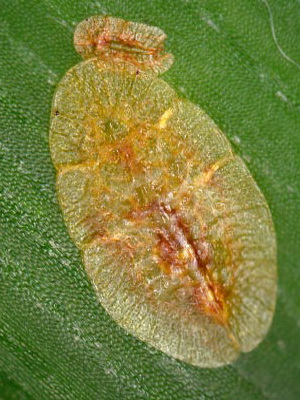
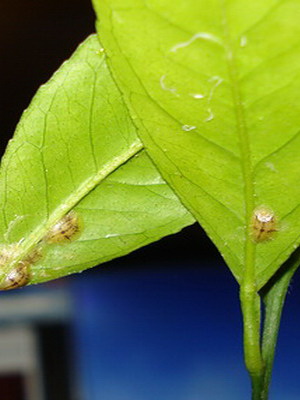
The female is flat, broadly oval, yellowish-brown, 3-4 mm long. The larvae (vagrants) are very small, spread throughout the plant and stick to the leaves, petioles and shoots. Very common on oleander palms, dracaenas and other indoor plants. At large reproduction the leaves become covered with sooty fungus, which contaminates the plants and makes them grow poorly.
Hemispherical pseudoscale insect . Also large insect, appearing on the undersides of leaves and on plant stems. The false shield is short-oval, convex, brown in color.
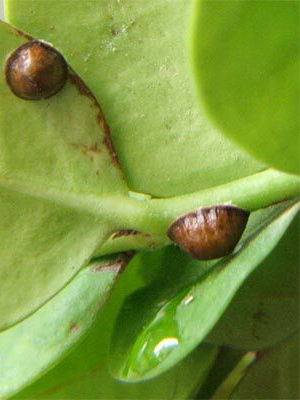
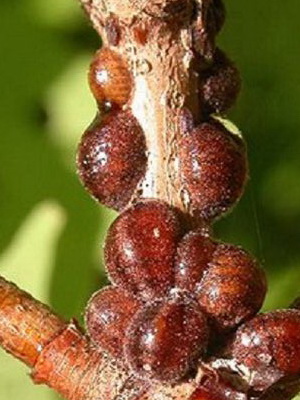
The female lays many eggs under the scutellum, from which very small larvae hatch and spread throughout the plant. This pest affects asparagus, myrtle, cyperus and other plants.
White Podura is a jumping insect that is found in flower pots on the surface of the soil. Insects have an elongated shape with antennae and three pairs of legs.
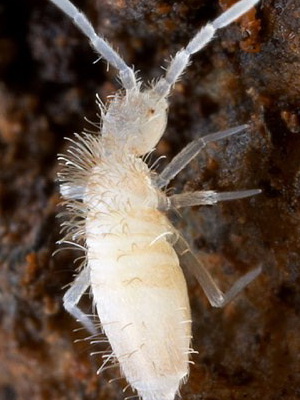
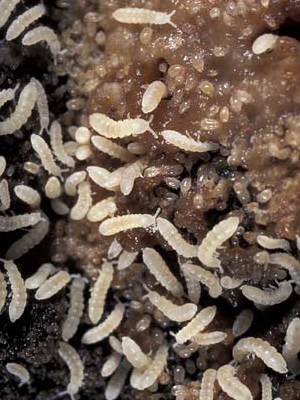
They breed in moist soil and live in compost and humus soil. A lot of them appear in the spring. They feed on plant debris, but in pots they can eat underground parts of plants. Potted flowers are also damaged by soil flies, mosquitoes, and furrowed weevil.
Mealybugs . They appear on the underside of leaves along the veins and on the stems. The female is oval (length from 3.5 to 5 mm), all covered with a powdery waxy coating.

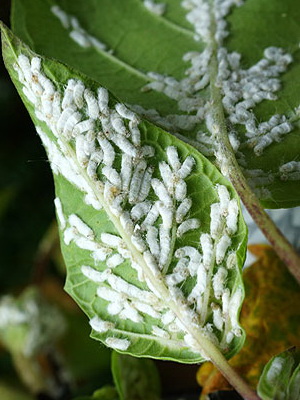
She lays eggs in white cotton-like secretions in the axils of the leaves. The hatched larvae spread throughout the plant. Mealybugs cause more damage to azaleas, cacti and others flower plants in rooms and . The females secrete honeydew, and a sooty fungus spreads on the leaves, which heavily pollutes the plants.
What pests affect indoor plants in greenhouses?:
Whitefly - pest. Almost all plants with soft leaves are affected in the room. This is a small insect about 2 mm in length with a sucking mouthpart. It is distinguished by a yellowish body and two pairs of white pollinated wings.
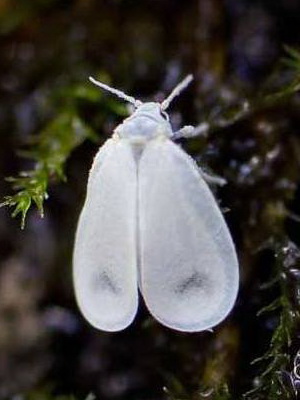
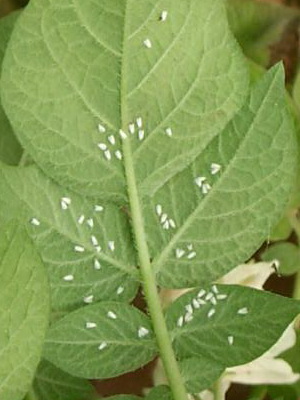
It sucks not only leaves, but also petioles, which turn yellow and then die prematurely. The pest produces several generations of offspring per year and room conditions active for all 12 months. Fuchsias, ferns, and geraniums are especially affected by whiteflies.
How to get rid of pests of indoor plants: protection and treatment
How to get rid of pests of indoor plants using modern biological preparations:
- Helps get rid of aphids, thrips, whiteflies, and mites biological drug“Fitoverm” (a 5 mm ampoule is dissolved in 0.5 liters of water and sprayed on the plants). The period of protective action of the drug is 7 days. After this period, spraying is repeated if necessary.
- To protect indoor plants from pests, it is advisable to alternate the use of Fitoverm with Agrovertin or Iskra-Bio. These are also highly effective biological drugs. After spraying the plants, feeding and locomotor activity of insects stops after 4-16 hours, and their death occurs within 2-3 days. Maximum effect from the use of biological products occurs within 5-6 days.
- Large pests - scale insects and scale insects - can be destroyed by mechanically collecting them with tweezers. Good remedy against pests of indoor plants living in the soil - the drug "Grom-2".
- One more thing effective remedy pest control for indoor plants - spraying with colloidal sulfur (5 g per 1 liter of water) will protect them from mites, as well as scale insects, scale insects and powdery mildew.
For the treatment of indoor plants damaged by pests, “Kleschevit” is indicated - a biological preparation against spider mites on cucumbers and tomatoes in protected soil, as well as mites on currants.
Advantages of the drug:
- High speed of exposure - ticks stop feeding after 6-8 hours, and their complete death occurs after 3-4 days.
- Minimum waiting period - the fruits can be eaten within 2 days after processing.
- Does not cause addiction to insect pests.
Constant pest control is a perennial problem for many gardeners. Some have already found ways out of this situation, and some still do not know how to get rid of the ubiquitous bugs, worms, and midges.
The appearance of bugs on indoor flower- a disgusting phenomenon that can develop into a huge problem if no measures are taken to eliminate them. As a rule, remove black bugs without using special means almost impossible. It is important to know that the drugs are used according to a specific regimen.
Solutions and infusions as folk remedies for black bugs
To destroy black bugs, it is recommended to use a time-tested solution of potassium permanganate. Every day for 7 days you need to spray the diseased plant with it. Before this they carry out water treatments. So, we take a plant that is inhabited by nasty bugs and put it in the shower for 10 minutes. A week-long fight against beetles will bear fruit. After spraying the plant with a solution of potassium permanganate, leave it for three days, then inspect the flower. If beetles are still crawling in specific areas, then it is necessary to treat with a solution of potassium permanganate again about 4 times. After this, pests should not appear at all.
The ideal remedy to help get rid of black bugs is calendula tincture. It must be diluted in heated water in a ratio of 1:5. It is recommended to regularly treat indoor plants with the prepared solution until the pests completely disappear.
In case of severe damage to flowers, tobacco infusion will be a real savior. There is no need to dilute it in advance. It is necessary to spray the infected plant with tobacco infusion 3 times, observing an interval of a week.
Similar manipulations can be carried out at home using garlic infusion.
Drastic ways to deal with black bugs
There are types of bugs that affect not only leaves and flowers, but also root system plants. If pests have penetrated into the soil, then drastic measures will be required.
To do this, you need to acquire a new substrate. Then we remove the diseased plants from the pots and thoroughly clean them of soil. A prerequisite is to wash them under running water. It happens that some leaves are too badly damaged. In this case, they must be removed immediately.
You can use chemical agent, for example, such as "Aktara". Dilute it according to the instructions and use it to spray the plant. Then rinse the flower pots thoroughly and fill them with new soil. It is advisable to carry out processing in the fresh air.
You might also like:
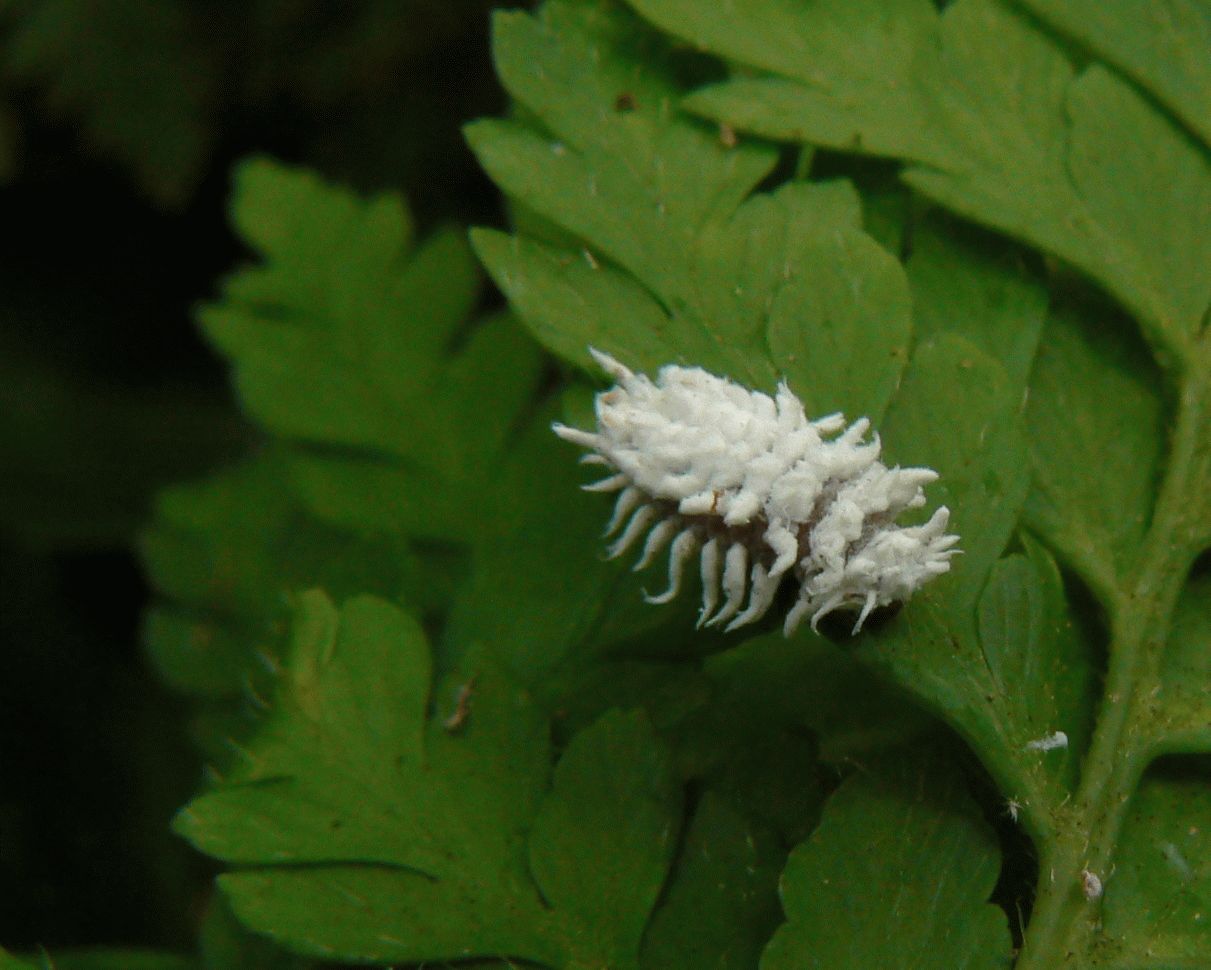 How to fight mealybug on indoor plants
How to fight mealybug on indoor plants
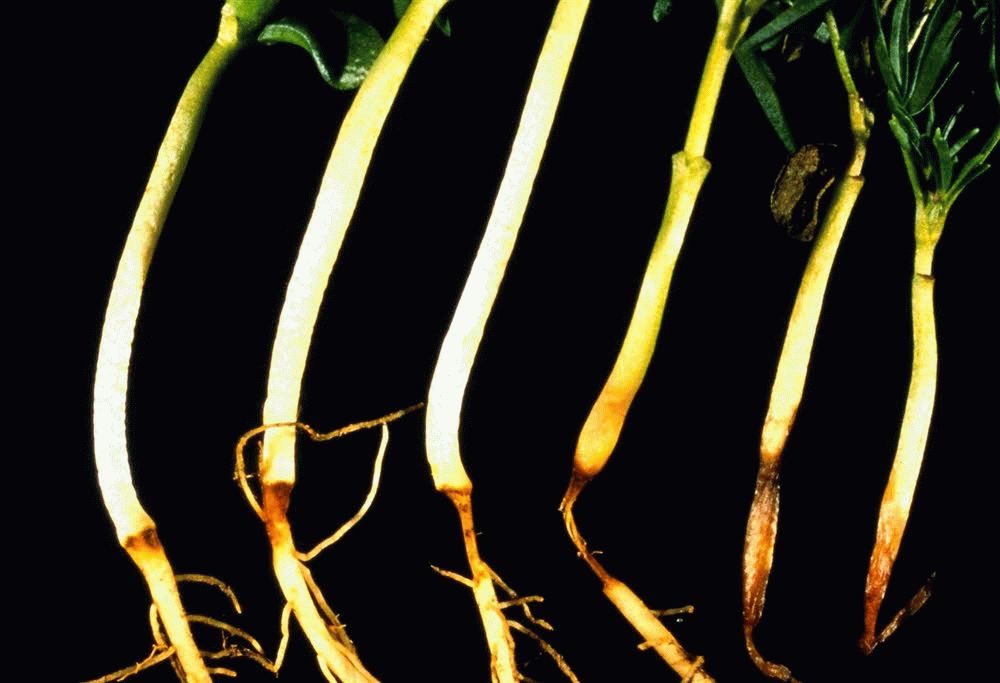 How to fight root rot of indoor plants (preparations)
How to fight root rot of indoor plants (preparations)
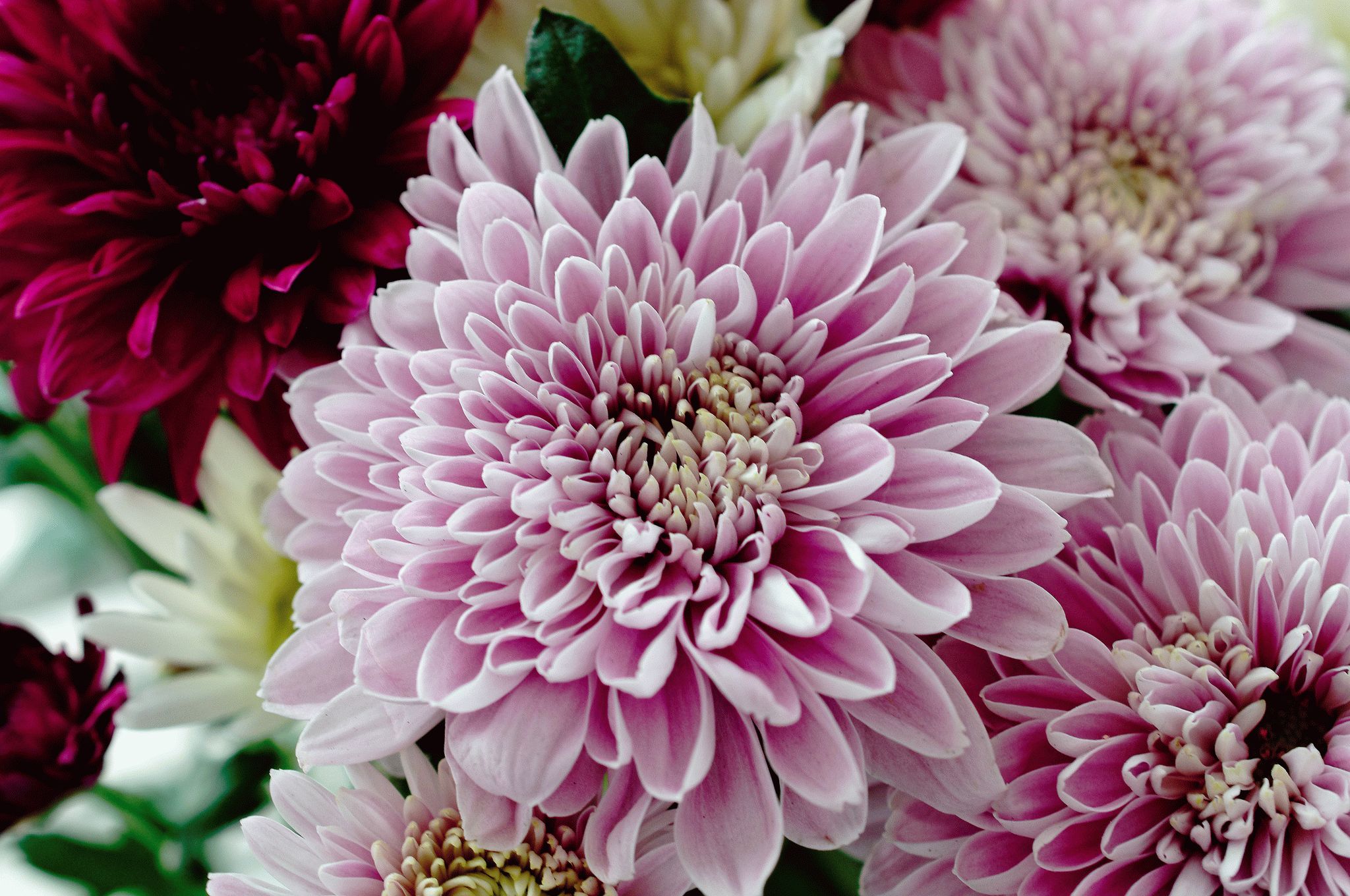 Diseases of indoor chrysanthemums and their treatment
Diseases of indoor chrysanthemums and their treatment
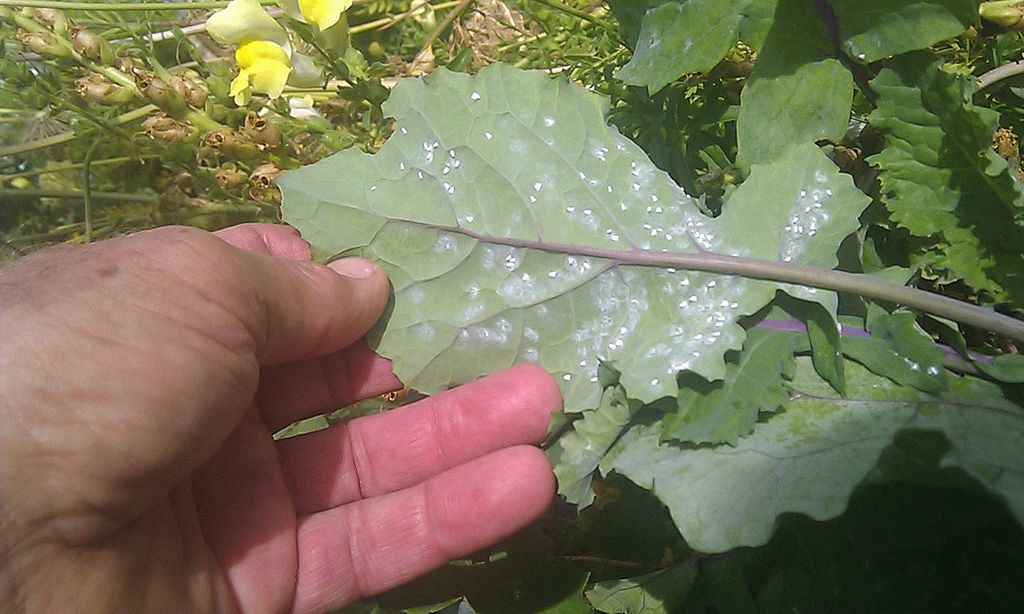 Whitefly on indoor flowers- how to get rid of it using folk remedies
Whitefly on indoor flowers- how to get rid of it using folk remedies
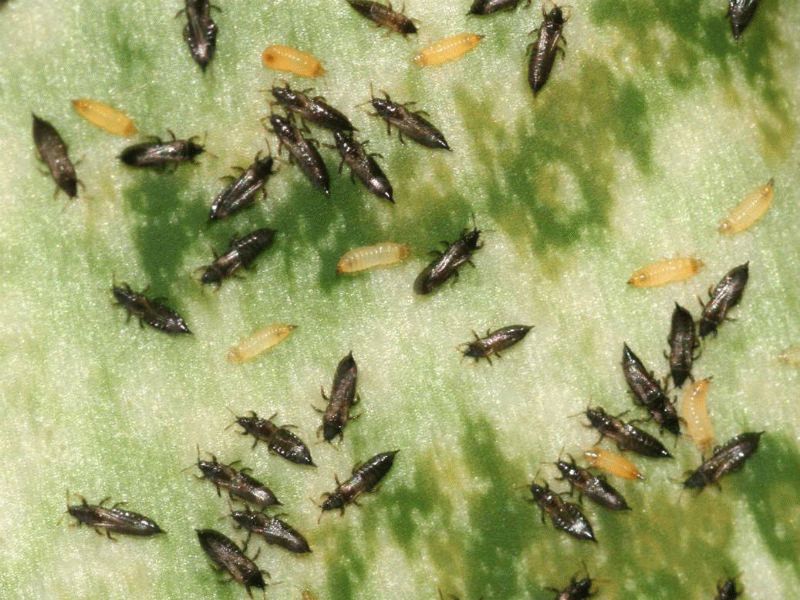 Thrips on indoor plants, how to fight, folk remedies
Thrips on indoor plants, how to fight, folk remedies
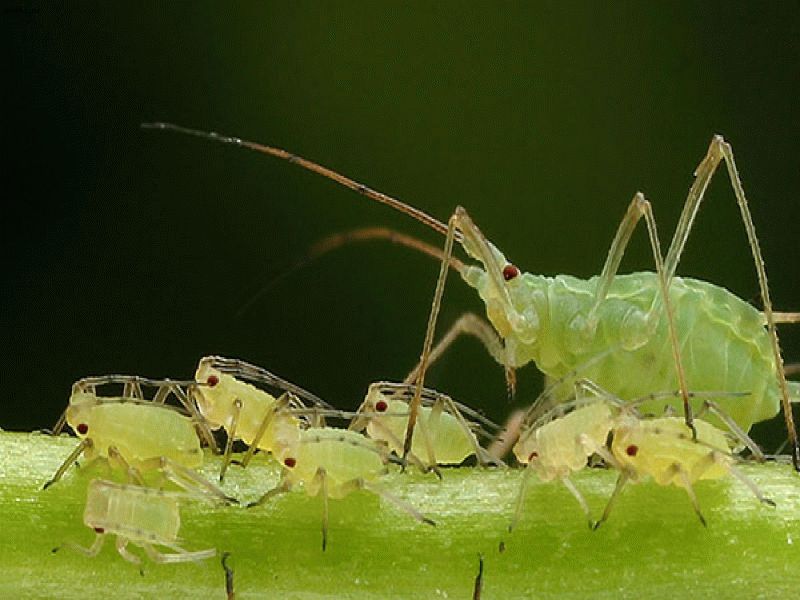 Aphids on indoor flowers, how to get rid of them using folk remedies
Aphids on indoor flowers, how to get rid of them using folk remedies

